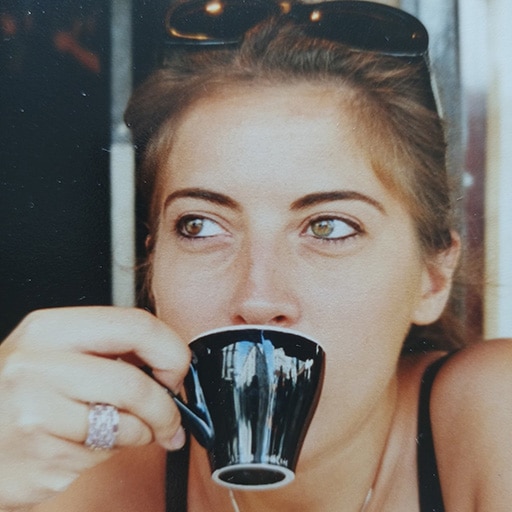Erwin Blumenfeld (1897–1969) is best known as the highest paid Vogue and Harper’s Bazaar fashion photographer in the mid-twentieth century. The Musée d’Art et d’Histoire du Judaïsme (MahJ) in Paris shows him in a different light, focusing on his “tr...




